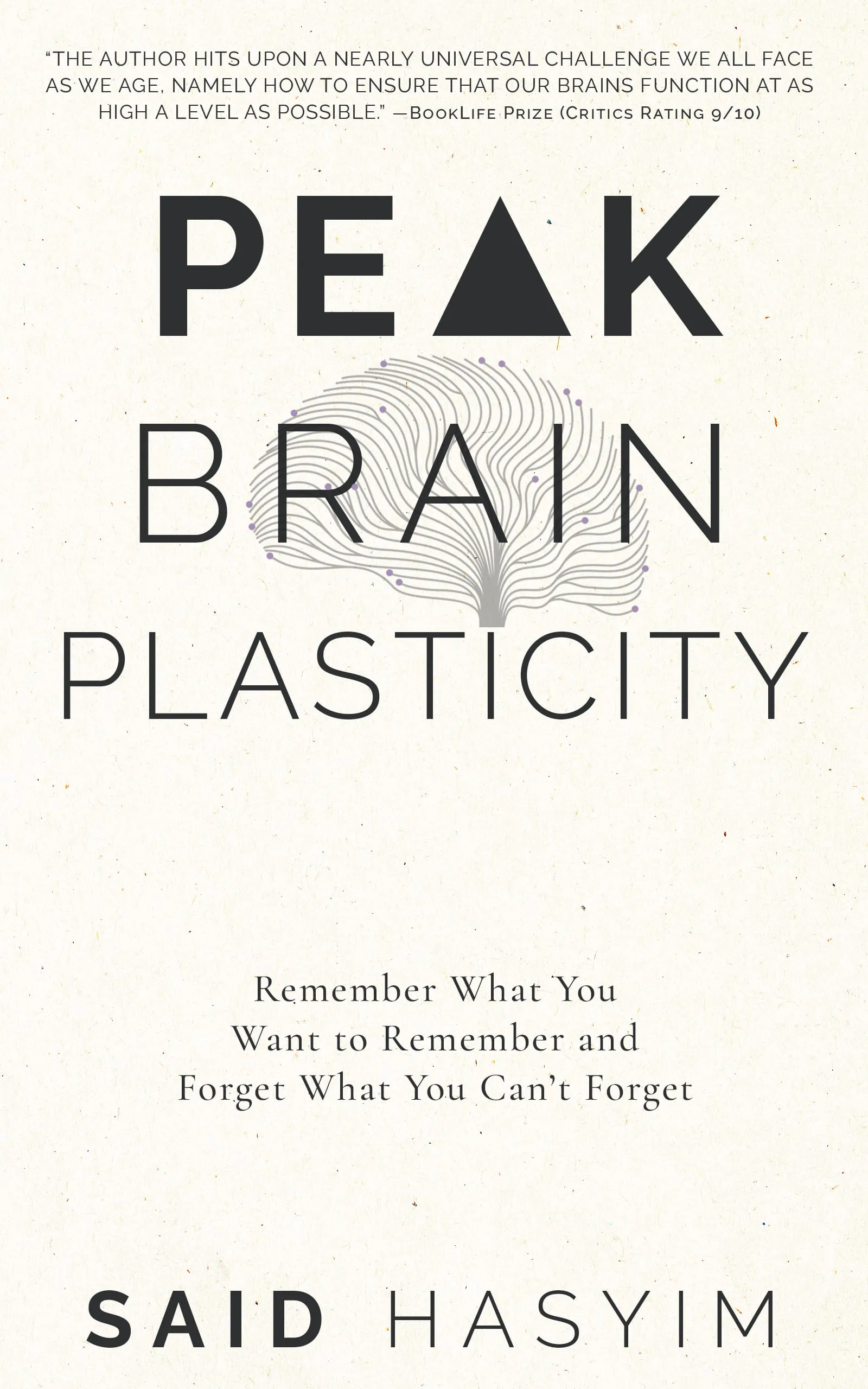Brain Plasticity: Your Key to Lifelong Learning
The concept of lifelong learning is a pillar of personal and professional growth. Whether it’s acquiring new skills, honing existing ones, or simply keeping up with the rapid technological advancements of our era, learning should be a continuous endeavor. But what many people may not realize is that the very framework that supports our capacity for learning is malleable and dynamic; it is called brain plasticity, or neuroplasticity.
What is Brain Plasticity?
Brain plasticity refers to the brain's ability to reorganize itself by forming new neural connections throughout life. This phenomenon allows the brain to adapt to changes in the environment, learn from new experiences, and recover from injuries. Neuroplasticity can be categorized into two main types:
- Functional Plasticity: The brain's ability to move functions from damaged areas to undamaged areas.
- Structural Plasticity: The brain's ability to physically change its structure in response to learning, experience, or environmental stimuli.
The human brain is not a static organ; it is constantly evolving based on our experiences, challenges, and learning journeys.
Why is Brain Plasticity Important for Learning?
Understanding brain plasticity can be a game-changer in our approach to learning and self-improvement. Here are a few key reasons why:
1. Embracing Growth Mindset
The concept of a growth mindset—a term popularized by psychologist Carol Dweck—plays an important role in learning and brain plasticity. When we approach learning with the belief that our abilities can improve over time, we open ourselves up to new experiences. Positive reinforcement encourages brain plasticity, allowing us to develop new skills, enhance our knowledge, and adapt to new circumstances.
2. Learning New Skills at Any Age
Research has shown that the brain retains its capacity for plasticity well into adulthood and old age. This means that it’s never too late to learn something new, whether it’s a foreign language, a musical instrument, or even a new hobby. Engaging in activities that challenge the brain, such as puzzle-solving or memory games, can enhance cognitive function and promote neuroplasticity.
3. Navigating Life Challenges
Life is full of challenges—both personal and professional. Understanding that the brain can adapt and reorganize itself in response to these challenges is empowering. Whether you're navigating a job change, a significant life transition, or dealing with loss, embracing the plastic nature of the brain can encourage resilience and foster emotional healing.
4. Improving Memory and Cognitive Function
As we age, cognitive decline can become a concern. Engaging in activities that stimulate the brain—such as reading, problem-solving, or social interactions—can enhance neuroplasticity, promoting better memory and cognitive function. Lifelong learning reinforces our intellectual capabilities, enabling us to think critically and creatively.
Practical Ways to Enhance Brain Plasticity
Knowing that our brains can change is one thing; actively participating in that transformation is another. Here are some practical strategies to harness brain plasticity for lifelong learning:
1. Continuous Learning
Embrace learning as a lifelong habit. Enroll in courses, attend workshops, or join clubs that align with your interests. Online platforms offer a plethora of courses in various subjects, making it easier than ever to learn from the comfort of your home.
2. Challenge Yourself
Seek out new experiences that push your boundaries. Take up a new sport, travel to unfamiliar places, or learn to play a new instrument. Novel experiences stimulate brain activity and encourage the formation of new neural pathways.
3. Practice Mindfulness and Meditation
Mindfulness practices, such as meditation and deep breathing, have been shown to promote brain plasticity. By increasing focus and awareness, mindfulness can help you manage stress and enhance your overall cognitive function.
4. Physical Exercise
Regular physical activity is not only good for the body but also for the brain. Exercise increases blood flow and oxygen to the brain, promoting the growth of new neurons and enhancing overall cognitive function. Aim for a mix of aerobic and strength-training activities for the best results.
5. Socialize
Engaging with others offers emotional support and cognitive stimulation, making it an excellent way to promote brain health. Social activities, discussions, or even casual conversations can help strengthen neural networks.
6. Get Enough Sleep
Sleep is crucial for brain health. During sleep, the brain consolidates new information and repairs itself. Prioritize quality sleep to optimize your learning potential.
Conclusion
Brain plasticity is indeed a powerful force that enables lifelong learning. By harnessing the natural capabilities of our brains, we can continue to grow, adapt, and learn regardless of our stage in life. The more we understand and embrace the concept of neuroplasticity, the more empowered we become to take charge of our learning journey.
Every day presents an opportunity to expand your horizons and carve out new pathways in your brain. With this knowledge, let go of the belief that learning is a phase of life—adopt a mindset that celebrates learning as a lifelong adventure. Embrace the plastic nature of your brain, and unlock your capacity for infinite growth. Your journey of lifelong learning is just beginning!
Harness the Power of Neuroplasticity
Discover Peak Brain Plasticity, a practical book to harnessing neuroplasticity. Enhance your memory, learn new languages quickly, and alleviate anxiety with effective study methods. Uncover daily habits that impact cognitive health and explore techniques for accelerated learning and memory retention. Unlock your brain's potential for growth and transformation.
